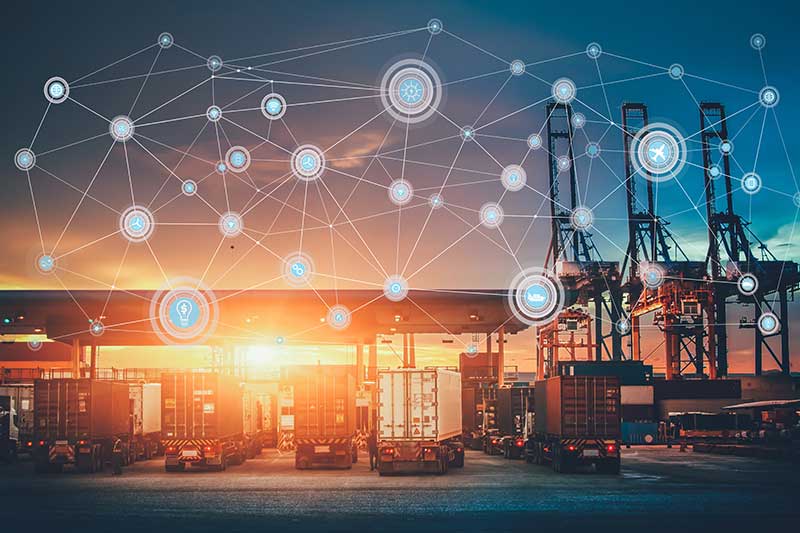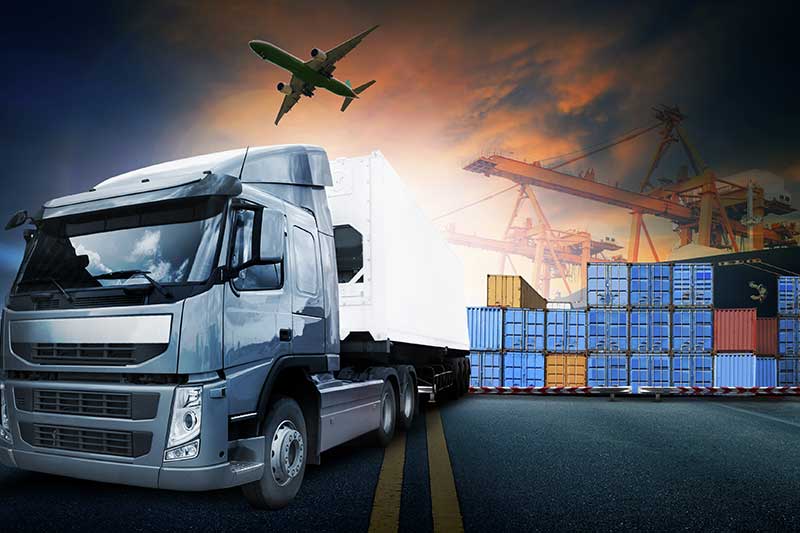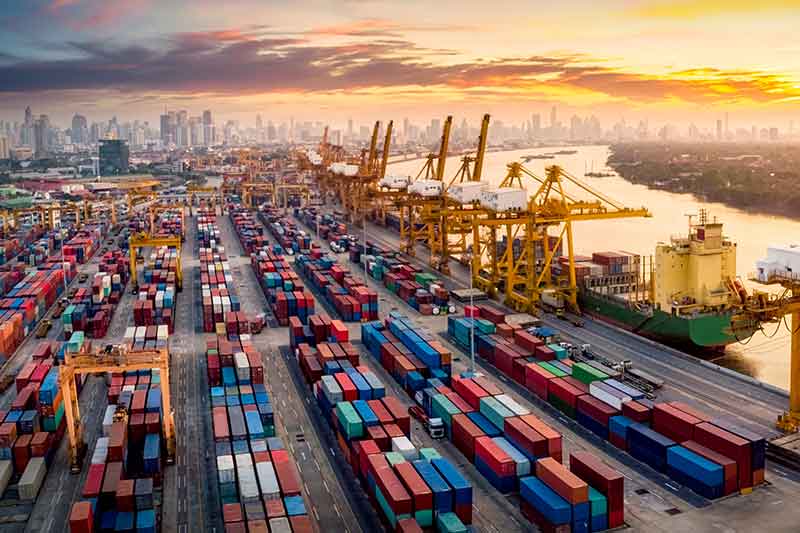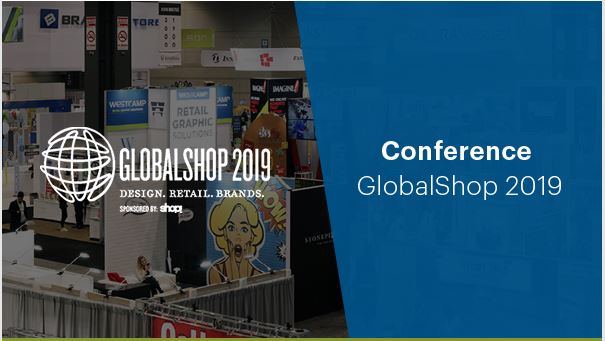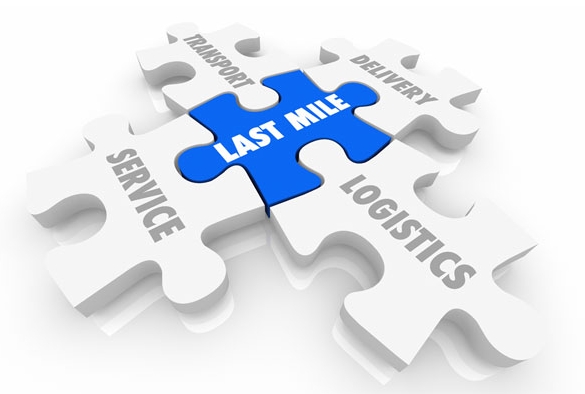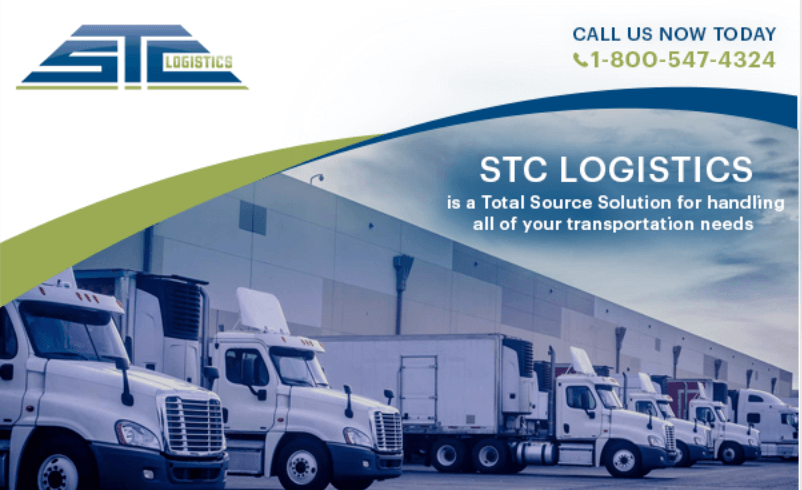Author: smartsites
Were You Affected by These LTL Trends?
In order for companies to meet the expectations of their customers and change the standards for controlling freight spend (two things that needed a definite shakeup), a number of LTL trends developed in 2019. Their main focus was trucker and carrier expectations, rates, the needs of shippers, demand, and more.
Let’s take a look at what trends 2019 saw and what the result may have been from some of those trends for certain companies.
Mobile Technology
Making a huge impact in 2019 was mobile technology. The Uberization of trucking affected many shippers. Mobile-optimized web interfaces and app-based systems replaced standard truckload freight management, quoting, and scheduling methods. Through mobile technologies, companies can further eliminate both excessive freight management and the overhead of big vendor solutions.
Skyrocketing Freight Rates
Toward the end of 2018, freight rates began to climb. The response was that shippers had to find a way to do the following:
- Stay competitive with threats like Walmart and Amazon
- Renew cross docking and drop shipping practices
- Use intermodal shipping options
- Condense freight
- Reduce wasted packing
Evolving processes and transportation networks became the methods for eliminating supply-chain black swans and preventing bottlenecks.
How to Control LTL Freight Spend
The key to this was through the use of technology. To manage LTL freight spend, automation in transportation was essential. This included integration between the following:
- API systems
- EDI
- WES
- SaaS
- ERP
- TMS
- WMS
- Labor-management
- ELD and others
Efficiency was also enhanced in addition to having better control over freight spend.
Talent and Drivers Attracted by LTL
The driver shortage needed to be addressed and reducing the capacity crunch seemed like a good focus. The solution: more drivers were needed. Fortunately, LTL carriers attract talent such as the following:
- Dock supervisors
- Packagers
- Material handlers and more
With time, team members at an entry-level can move up and progress to drivers. New generations of talent were attracted thanks to this characteristic. Unfortunately, more drivers are still needed.
Trucker Shortage
2019 still suffered, and continues to suffer, a trucker shortage because the above stated trend takes time to work. Therefore, expanding significantly, the trucker shortage continues to be a problem. The problem continues to be exacerbated by more lucrative fields luring drivers away and older drivers retiring. A wage increase may help, but that’s only the beginning.
LTL Management
One part of LTL management in 2019 became capacity crunch measures. In favor of smaller shipments, high volume LTL freight was/is being turned away by some carriers. This follows a trend of freight turndowns originally seen in FT (full truckload), which commonly realized freight turndowns 8 out of 10 times.
The Demand for E-Commerce
In modern freight transportation, a sort of double-edged sword is presented by e-commerce growth. In the industry, it comes at the cost of less capacity, even though it provides a substantial boost to carriers. By the end of this year, a doubling of e-commerce size is expected. For LTL shippers and carriers seeking to find available capacity, this will put massive pressure on both. The demand for LTL e-commerce solutions and a peak LTL shipping season will require more resources, more time on the road, more shipping lanes, and more trucks.
STC Logistics can assist companies with e-commerce efforts through solutions in distributions and rollouts, packing and creating, installations, technology, fulfillment and warehousing, global and domestic transportation, and more. Contact us for additional information.
Understanding How Oceanic Tug-Barges Have Evolved
Even though the North American coastline contains railway lines that connect numerous coastal cities, coastal maritime transportation remains the preferred method for many in the bulk freight transportation market. Oceanic tug-barges play one small but necessary part in the journey of a product from manufacturer all the way to the hands of the consumer.
One of the reasons that oceanic transportation might be favored over railway is cost. Loading railway cars with heavy, bulky loads and pushing them to the maximum means massive wear and tear on railway rolling stock and the infrastructure. But, while incurring the same cost of only a single train, a barge can carry the same bulk freight volume/payload. (The barge in question here would likely measure 65 feet by 105 feet.)
But big, bulky barges cannot operate well on their own from dock to dock. They require assistance. That’s where tug-barges come in.
Back in the Day
Long before the high-tech ships, barges, and boats of today, transportation of cargo was done by steam powered boats or wind powered vessels. It was simply a cost-saving venture to use a tugboat to navigate and push a river vessel. This was particularly applicable if a greater payload could be loaded aboard the transport vessel due to the tug doing the navigating. (In many cases, this meant that the vessel could be loaded with more cargo because less room was needed for coal and potable water to create steam.)
Business Is Booming
As the business of oceanic transport caught on, barges became deeper, longer, and wider. This, in addition to providing more space for cargo, also made them capable of carrying their freight over long distances because they could sail bigger waters. This of course, created a need for larger tug-barges that had a larger engine output, could maneuver larger barges, and could sail faster.
Technology Makes Its Mark
Azipod technology is a term that refers to ships that are steerable and include electronically driven propellers. It is now possible, thanks to modern technology, to generate the propulsive electric power needed for a companion vessel while also using a remote engine.
The barge includes the Azipod unit for steering and propulsion and is attached the tug-barge companion vessel, which also includes a level of self-propulsive capability. Between the technology carrying barge and the companion vessel are power cables.
Computer-controlled automated navigation has changed the waterway transportation industry forever. It is even possible now to steer and control independently a combination of several barges and tugs through the tightest of river waterways. This demonstration of technology will hopefully lead to the same capabilities being present in an adaptation conducive to ocean service.
More Than Just Freight Transport?
So impressive is this technology that it may soon be adopted by the cruise line industry! On occasion, cruise ships become stranded due to total engine failure. Until now, even with several tugs to move the stricken vessel, towing cables were destroyed. But, with this newest technology, stricken cruise ships may be able to find a rescue thanks to massive amounts of electric power through a power station-containing tugboat.
STC Logistics can assist you with your overseas shipping needs and so much more. We are experienced and reliable in the area of global transportation via ocean and air, and all things logistics.
5 Green Trends That Will Transform The Logistics Industry
The shipping industry has existed for centuries and its equipment and technologies have certainly become increasingly sophisticated and efficient. Traditional shipping procedures, however, have contributed to approximately 3-4 percent of global emissions. In this post, you will learn more about several green trends that are transforming the logistics industry for the better.
Optimization of Port Management Procedures
More shipping companies in the logistics industry are expected to refine and optimize their port management procedures. For example, research has shown that companies are progressively shortening the amount of time that ships typically spend idling in docks and harbors. This practice has helped improve turnaround time, reduce carbon dioxide emissions, and have simply made shipping processes significantly more efficient than before. The good news is that these practices have been adopted by almost all major shipping companies. This means that the logistics industry will become increasingly greener.
The Use of Sky Sails
Sky sails are a relatively new invention and are ingeniously simple. They involve using large kites to tow a cargo ship during its voyage. Because sky sails utilize the limitless energy of wind power, they can take significant strain off a ship’s engine. All in all, this green technology increases propulsion efficiency, cuts emissions, and lowers fuel expenditure. Shipping companies will have no issues adopting this technology because the cost of implementing it is minimal.
The Rise of Voyage Optimization
Modern-day technologies are making voyages less unpredictable and far safer than ever before. They allow shipping companies to predict the weather and other maritime conditions with great accuracy. That’s not all; shipping companies across the globe are also using these technologies to monitor and/or predict the performance of their ships in various sea conditions. The data allows them to make more informed decisions about which routes to take. In addition to avoiding high winds and rough seas, voyage optimization is also a great way to reduce fuel consumption and one’s carbon footprint.
Increased Slow Steaming Practices
In order to reduce fuel consumption on a voyage, some shipping companies also rely on slow steaming techniques. This method often involves companies running their ships at a lower speed. Slow steaming began as a way for companies to cut costs but in 2010, nearly all global shipping companies incorporated it into their Standard Operating Procedures. Today, it has become one of the most important green trends in the shipping industry. It is now a highly effective and simple way of reducing carbon emissions.
Cutting Carbon Fuel Consumption
While reducing fuel consumption can help slash carbon emissions, one has to consider the scale of the shipping industry. This means that more has to be done if global shipping companies were to reduce their environmental impact significantly. Fortunately, a promising new technology is emerging: low-carbon fuels. They are designed to reduce greenhouse and noxious gases that can be emitted by large cargo ships. By stripping away larger quantities of impurities such as sulfur and ash, these fuels tend to have a lesser toxicity effect on human health and the environment.
As you can see, green shipping practices have already started to revolutionize the shipping industry. All of them are essential for combating the negative effects that fossil fuels have on the global climate.
3 Common Incoterms Mistakes To Avoid
Incoterms are comprised of guidelines pertaining to what sellers and buyers must do to fulfill their part of the transaction. Established by the International Chamber of Commerce (ICC), incoterms are part and parcel of international ocean freight services. Since incoterms can be used to resolve disagreements in the event of a dispute, the chosen incoterm must be decided and agreed upon by both buyer and seller. In order to prevent misuse of these rules and guidelines, this post aims to highlight several common incoterms mistakes that can be avoided. Read on to find out more!
Incoterm Didn’t Meet Bank’s Security Requirements for Payment
This mistake may occur when international payment methods such as a Letter of Credit is used. LOCs state that payments can only be made/received after the necessary documents are submitted to the bank (to inform officials that the conditions of the transaction have been met). Due to its safe and secure nature, there seems to be a lack of complete trust between the seller and buyer.
It is important to note that F-incoterms should not be used to address these issues because the buyer will be held responsible for transporting the merchandise. This means that this party has the power to intervene by issuing a Bill of Lading, which prevents the seller from getting paid.
If you are the seller, and the payments are to be made via a Letter of Credit, consider using C-incoterms instead. The two most important documents required to effect payment: the commercial invoice and the Bill of Lading, will be in your control.
Not Considering how EXW Incoterm (EXW) may Affect Export Procedures
Under an EXW incoterm, the seller has the least responsibilities, which often ends after the merchandise has been packaged. From then on, the buyer takes over by exporting the goods from the origin country and maintain communications with export authorities. This process, however, may not be straightforward for the buyers, especially if they are unfamiliar with the export process of the country of origin.
Another potential problem is that shippers may not always permit non-authorized personnel facilitate loading on their grounds due to liability reasons. As a result, the shipper may have to take charge of the loading, which is contrary to EXW’s stipulations. If the cargo gets damaged in the process, determining the responsible party may prove to be challenging. At the end of the day, having the buyer take control of this may then be impractical and unrealistic for certain transactions.
Rushing to Commit to DAP Incoterm and DDP Incoterm
Under DAP Incoterm (Delivered at Place) and DDP Incoterm (Delivery Duty Paid), the seller is often responsible for paying arrival expenditures at destination, including local taxes and duties like VAT, GST, among others. In most countries, it is simply more efficient to have the consignee handle the customs clearance process. They are, however, not legally obliged to do so and that responsibility may fall back onto the seller. If you are the consignee, it is best to err on the side of caution in case of clearance issues caused by shipper’s error. This means that it could result in a delay in cargo delivery as well.
If you are looking for a team that can simplify ocean shipping for your company, you have come to the right place. Don’t hesitate to schedule a consultation with STC Logistics to learn more!
STC GlobalShop 2019
GlobalShop is the world’s largest retail design and merchandising trade show, and GlobalShop 2019 continues the tradition while innovating to bring together more than 20,000 industry attendees to explore leading trends in visual merchanting, store design and construction, and retail design products.
Held at McCormick Place Convention Center in Chicago, this year’s GlobalShop @ RetailX delivers a colocation of the nation’s top three retail events through a collaborative partnership with Retail TouchPoints. If you are looking for the most comprehensive experience in the retail industry, this is it!
As a leading supply chain provider in helping retail businesses manage retail space opening or remodeling, STC Logistics will be there at GlobalShop 2019 to showcase how our logistics and installation teams can provide a Total Source Solution for retail rollout or installation projects.
Looking For Your Logistics To Go The Extra Mile?
Looking For Your Logistics To Go The Extra Mile?
Then you have to experience the white glove services offered by STC Logistics. Our logistics professionals make sure that you enjoy the very best customer service before, during, and after delivery. Whether it’s removing debris offsite, securing your high-price point items with blanket wrap and straps or cross dock and storage services, we are fully confident that we can fulfill even the most demanding and unique white glove logistic needs.
Launch of Our Redesigned Website
STC Logistics is pleased to announce the launch of our redesigned website that aims to better inform our customers about our shipping and logistic capabilities as well as provide easy access for them to track packages, schedule pick-ups, and more. Our website is more user-friendly than ever, easier to navigate, and features fast loading speed so that we can establish our brand in a stellar way online.
At STC Logistics, we are fully capable of managing a wide range of transportation needs from domestic transportation to international transportation to truckload brokerage and more. On our website, we have invested in an exclusive web-based communication system where our customers can enjoy pin-point tracking capabilities. When you work with us, you are guaranteed to experience a Total Source Solution for all of your logistics needs.
